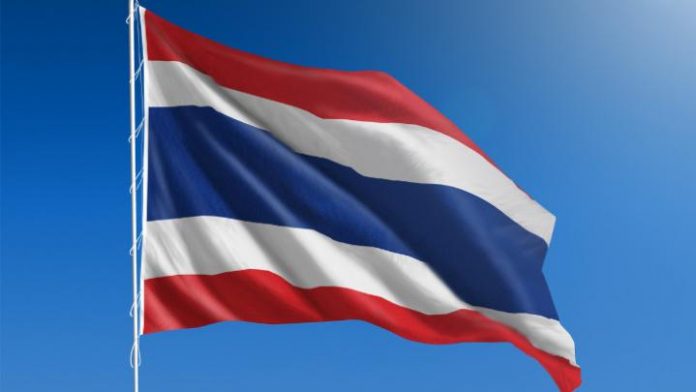In an article in The Asean Post, Malaysia Healthcare Travel Council (MHTC) CEO Sherene Azli says that Malaysia’s medical tourism sector has recorded a compound annual growth rate of 16-17% over the last five years, which she says is well ahead of Asia-Pacific’s 12-14%. The article states that while there were 1.2m international patients to Malaysia in 2018, Thailand is attracting an estimated 2m per year. It also says that Singapore is still regarded as having more skilled doctors and cutting-edge medical technology than Malaysia.
The article says that from 643,000 international patient arrivals in 2011 when the MHTC was privatised, Malaysia attracted 1.2 million arrivals in 2018. Revenue generated by those arrivals during that period increased from US$127 million to US$362 million.
Sherene Azli says in the article that Indonesia, the United Kingdom, India, the Philippines, China, Singapore, Australia, Japan and the United States were among the main sources of medical tourism arrivals. MHTC is also actively promoting its 79 member hospitals to Vietnam, Myanmar, Cambodia and Brunei, as well as Bangladesh and several countries in the Middle East such as Qatar, Oman and Saudi Arabia.
“We now have offices in Myanmar and Vietnam, and we are in talks with Brunei and Cambodia to encourage more medical tourists,” said Sherene in The Asean Post. “Malaysia is recognised in the Middle East as a global halal (permissible by Islam) hub, so we are trying to capitalise on that and are looking to collaborate with Qatar and sign agreements with Saudi Arabia and Oman.”
The article states that Singapore and Thailand are also strong players in the ASEAN medical tourism industry, but while Singapore was once the go-to destination for those seeking treatment abroad (especially from Southeast Asia), Malaysia now offers the same services at a quarter of the price. Singapore, though, is still regarded as having more skilled doctors and cutting-edge medical technology.
The article says that Malaysia’s biggest competitor in the ASEAN medical tourism market is Thailand, which attracts more medical tourists per year than Malaysia, an estimated two million international patients went to Thailand in 2017 out of its 35 million overall tourist arrivals. No source of this estimate is given.
Positioning itself as a ‘Medical and Wellness’ destination, the article says that Thailand is a global leader in cosmetic surgery and treatment as well as wellness and traditional medicines.
Malaysia is recognised in the article as promoting itself as the ‘Cardiology and Fertility Hub of Asia’ thanks to the prominence of its National Heart Institute, and the 33 centres which support it. The in-vitro fertilisation (IVF) success rates are also apparently above the global average. Sherene also said that Malaysian hospitals and clinics are using Fourth Industrial Revolution technologies for more accurate diagnostics and to facilitate easier transfer of medical records from international patients. “Technologies such as artificial intelligence (AI) and big data will help us improve a patient’s experience, which is key for us,” says Sherene.








 ©2024 All rights reserved LaingBuisson
©2024 All rights reserved LaingBuisson 

